Veejay Sai's book traces the history of pre-Independence India through the lives of ten female theatre legends
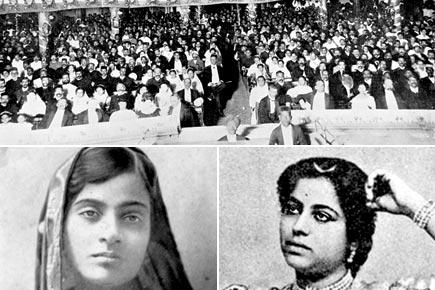
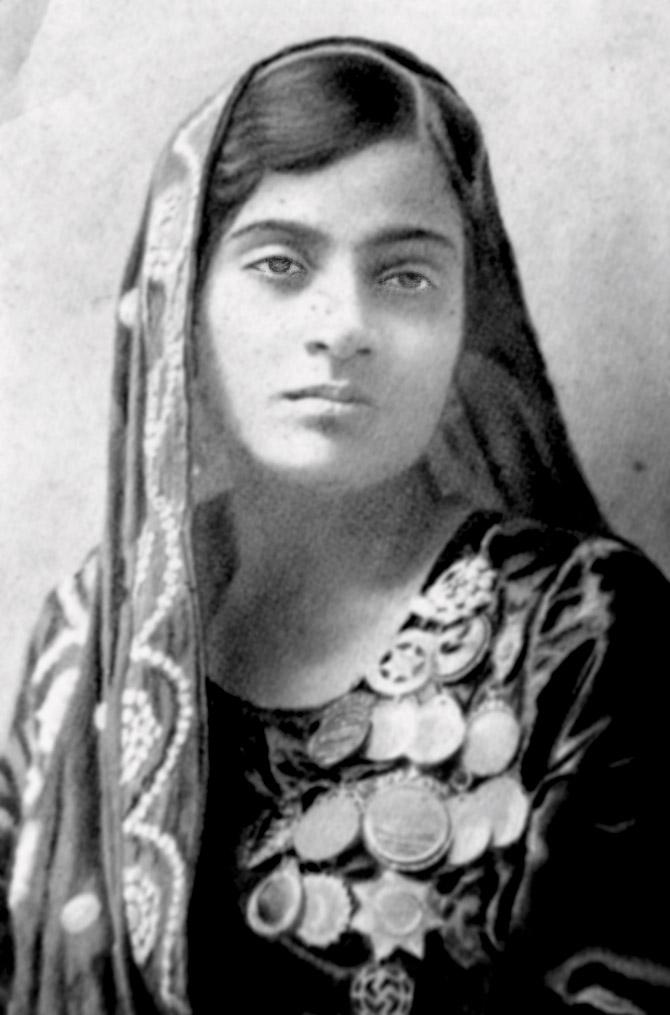
Munni Bai with medals pinned on her dress
ADVERTISEMENT
Drama Queens, says Veejay Sai, was born out of a casual conversation some time in the 90s with the late actor Pearl Padamsee and the late Behram Contractor, editor of Afternoon. "Pearl had casually remarked about how women who do theatre, love it so much and how that itself is intriguing, as it is such a thankless job. 'Some day, someone must write our stories too', I remember her saying. The thought stayed with me, it was only around many years later, that I started my search," says Sai, 37, who covers performance arts for leading publications.
When Sai set out to research on the women in theatre in pre-Independence India, he realised that there was no single archival body he could lean on. So, he set out on trips to far corners of the country - from Tamil Nadu, Karnataka to Andhra Pradesh, and Gujarat to West Bengal and Manipur - to scoop out these stories. "I was surprised to find that none of these women had even tried to tell their stories. The theatre houses from that era no longer exist. I waded through little booklets, play bills, lobby cards, publicity brochures, besides hundreds of copies of old newspapers and magazines, perhaps to find only five lines of information. And sometimes, there'd be photos with no story, and vice versa." That he can read, write and speak a dozen languages, was a prime advantage as "most of these nuggets were in regional languages".
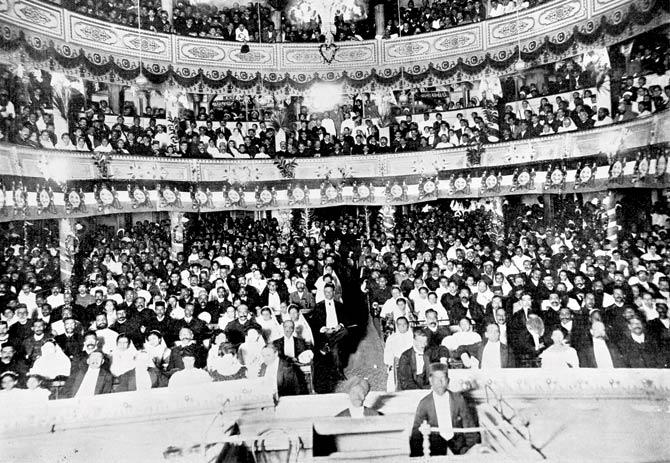
The Grant Road Theatre, Bombay, before the start of Munni Bai's performance
Some stories, however, came from veterans like Zohra Sehgal, who was older than 95 at the time. "Khushwant Singh, close to a 100 years old, told me how undivided Pakistan was like - the cultural scene of Lahore," he recalls.
In only a few cases, Sai was able to trace family members. Munni Bai - Bombay's much loved and long forgotten actress - was one such instance. Born in a Muslim family in Belgaum, Karnataka, a series of serendipitous events led to her being adopted by Khurshedji Mehrbanji Baliwala, a famous comic actor and one of Parsi theatre's most successful managers, who headed Bombay's Victoria Theatrical Company. Munni Bai's trump card to fame came by in 1911, when she got a chance to replace an unwell actress who was to perform the lead role in Raja Harishchandra, before none other than King George and Queen Victoria, in Delhi. In the years to follow, Munni reached heights of fame that were hitherto unseen. So impressed was her mentor Baliwala, that he got her married to his nephew. In her lifetime, the actress performed over 5,000 shows as a lead heroine, till the time she was 60. However, in a complete antithesis to her success story, the legend died in the throes of poverty and a lost stardom.
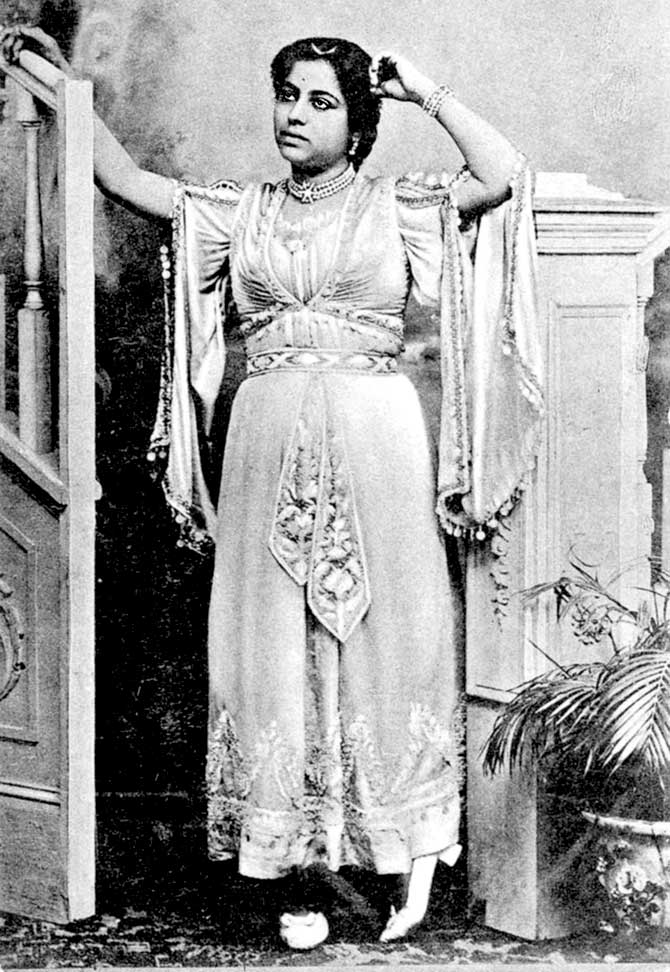
Postcard of Miss Gauhar Bano, who was christened the ‘Prima Donna’ of Bombay. Pics/Drama Queens: Women Who Created History On Stage, by Roli Books
Tracing her story wasn't easy for Sai. "After a year of grappling in the dark, I finally managed to track her family with the help of the Parsi Anjuman. When I met her daughter-in-law and grand-daughter, who now live in a small hole-in-the-wall house in Charni Road, they were excited to see that someone was actually interested in Munni Bai's story." Sai recalls seeing a grand piano oddly sitting in that tiny room. "That was Munni Bai's piano. The family asked me if I'd know a buyer - they needed the money."
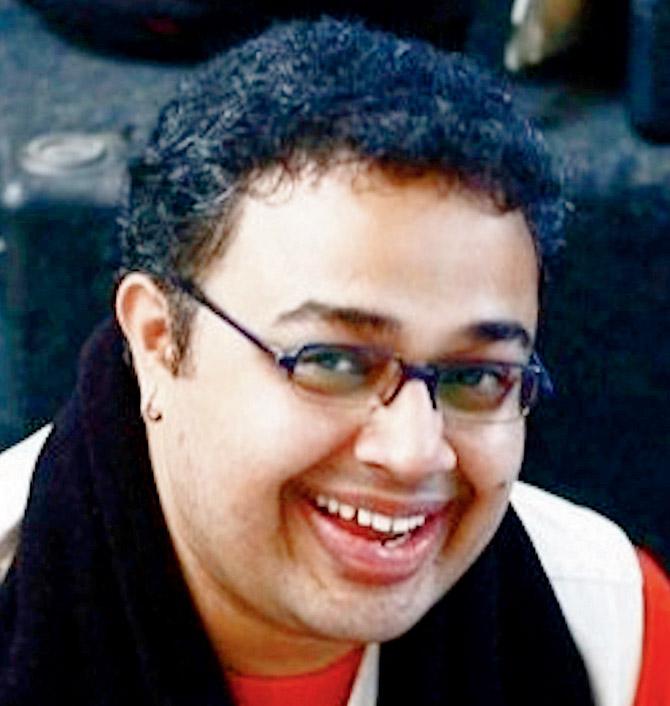
Veejay Sai
Of Munni Bai's contemporaries Kamli and Bijli, Sai wasn't able to trace much. However, Gauhar Bano's life story threw up several amusing tales. "She was again another sterling success story, and a prime contemporary of Munni Bai. She was once responsible for a riot that broke out in Lahore. Turns out a newspaper editor, after being refused free tickets for her show, misused his power and wrote about how, Gauhar, a lowly nautch girl, was playing pious women like Sita and Draupadi on stage, which led to the violence. This was in 1916," Sai says.
As the author went about weaving together the history of pre-Independence India through these compelling stories that he collected from around the country, he thought of the title Drama Queens. "The term would be used condescendingly, to describe a woman of power and success. The male ego couldn't accept that, therefore the condescension. I thought why not take that term and slap it back at them. These were women of great style and art. History needs to give them their due. They may have been drama queens, but they are also the queens of drama."
 Subscribe today by clicking the link and stay updated with the latest news!" Click here!
Subscribe today by clicking the link and stay updated with the latest news!" Click here!






